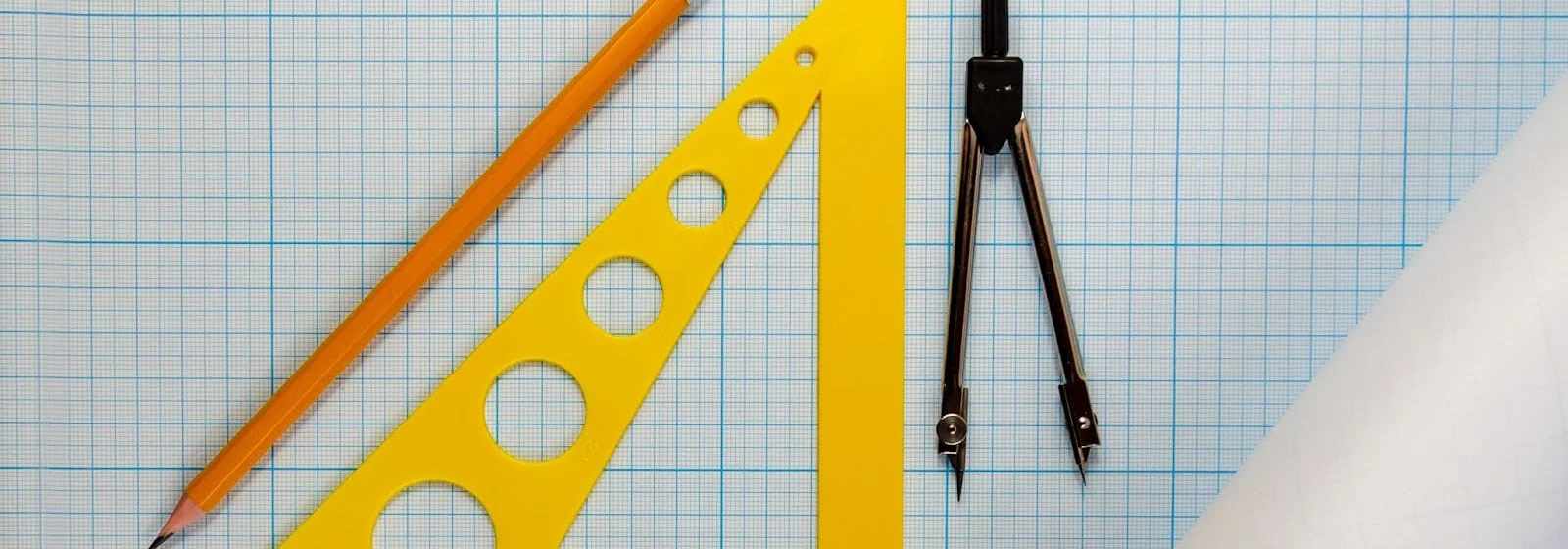In the vast realm of geometry, corresponding angles play a crucial role in understanding the relationships between lines and shapes. If you’re a high school student delving into the world of angles, this beginner’s guide will equip you with the knowledge and skills to calculate corresponding angles with ease. Let’s dive in!
Introduction
Let’s start with the basics. Corresponding angles are pairs of angles that lie on the same side of the transversal, with one angle on each of the two lines being intersected. These angles are essential for understanding the properties and symmetries of geometric shapes.
Properties of Corresponding Angles
To comprehend corresponding angles fully, it’s important to familiarize yourself with their key properties. Here are the properties you need to know:
- Corresponding angles are congruent when the lines being intersected are parallel.
- Corresponding angles have the same relative position in relation to the transversal.
- Corresponding angles have the same measure when the lines being intersected are parallel.
Understanding these properties will lay a solid foundation for calculating corresponding angles effectively.
Calculating Corresponding Angles
Now, let’s explore how to calculate corresponding angles step by step. Here’s a simple guide to follow:
- Identify the lines being intersected by the transversal.
- Locate the corresponding angles, ensuring they lie on the same side of the transversal.
- Measure the angle using a protractor or apply the given angle measure if provided.
- Determine if the lines being intersected are parallel. If they are, the corresponding angles will be congruent. If not, further calculations may be required.
Let’s reinforce these concepts with a few examples in different scenarios.
Example 1: Calculating Corresponding Angles in a Parallelogram
In a parallelogram, opposite sides are parallel, making the corresponding angles congruent. For instance, if Angle A measures 60 degrees, then its corresponding angle, Angle C, will also measure 60 degrees.
Example 2: Finding Corresponding Angles in a Street Grid
Imagine a street grid with multiple intersecting streets. If you have two parallel streets crossed by a transversal street, the corresponding angles formed will be congruent. By measuring one of the corresponding angles, you can determine the measure of its corresponding angle on the other line.
Example 3: Using Corresponding Angles to Solve a Puzzle
Puzzles often involve geometric shapes and angles. Some puzzles may provide a few angle measures, challenging you to find the missing angle(s) using the concept of corresponding angles. By applying the properties and calculations we’ve discussed, you can unlock the solutions to these intriguing challenges.
Real-life Applications of Corresponding Angles
Corresponding angles extend beyond the boundaries of the classroom. They have practical applications in various real-life scenarios. Here are a few examples:
- Architecture and Engineering: Architects and engineers use corresponding angles to ensure accurate measurements and maintain symmetry in building designs.
- Navigation: Nautical charts and maps rely on corresponding angles to determine angles of approach, aiding in safe navigation.
- Photography and Design: Corresponding angles are vital in capturing visually appealing compositions and maintaining balance in photographs and design layouts.
Conclusion
Congratulations! You’ve now mastered the art of calculating corresponding angles. These angles hold immense significance in geometry and have practical applications in diverse fields. By understanding their properties and applying the calculations we’ve explored, you can confidently solve angle-related problems and navigate the world of geometry with ease. If you have questions or need additional support in understanding corresponding angles, consider working with an online math tutor!
Remember, practice is key to solidifying your understanding and honing your skills. As you encounter more geometric shapes and scenarios, embrace the power of corresponding angles and unlock the secrets they hold. Happy calculating!






